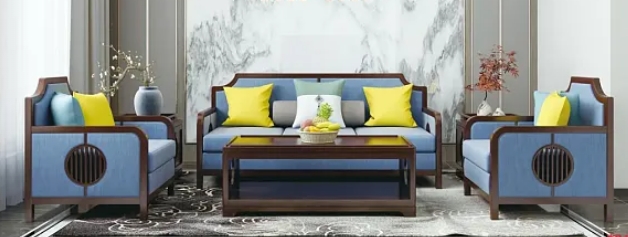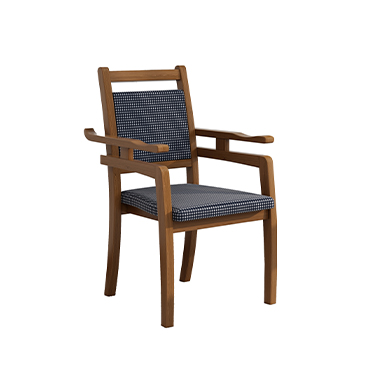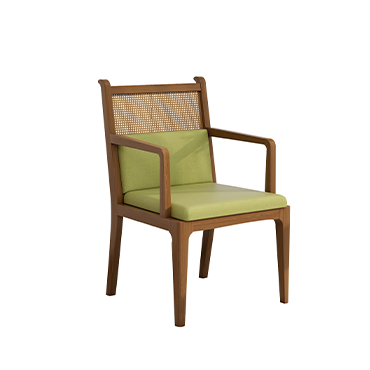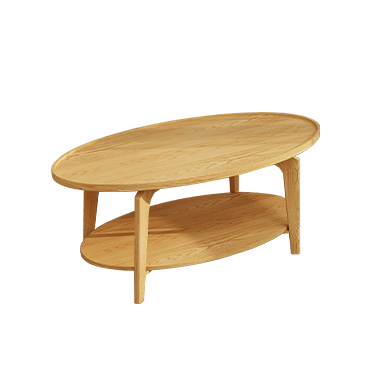The Urgent Need for Senior-Friendly Furniture in the Global Market
In furniture markets worldwide, a vast range of styles and designs cater to both adults and children. However, when it comes to furniture specifically designed for seniors, the selection is often limited. Sales representatives may struggle to recommend options that truly meet the ergonomic and safety needs of elderly individuals, aside from a few basic offerings.
As people age, mobility challenges become more common, increasing the risk of falls and injuries. This makes it essential for furniture to be designed with safety in mind—sharp edges should be minimized to prevent accidental injuries. Common spring mattresses may not provide the necessary support for seniors suffering from back pain, while overly soft and low sofas can make it difficult for elderly individuals to stand up. Therefore, manufacturers need to rethink their designs, considering factors such as height, material, and overall functionality to better serve the needs of aging consumers.
With the rapid aging of populations across many countries, the demand for senior-friendly furniture is rising. However, why is it still so difficult to find suitable options on the market? There are several key reasons:
1.Market Perception and Profitability – Many manufacturers view seniors as price-sensitive consumers, leading to the belief that the profit margins for senior-friendly furniture are too low to justify large-scale production. This limits the availability of specialized products, even for younger consumers who wish to purchase high-quality furniture for their aging parents.
2.Lack of Investment in R&D and Expertise – While some companies recognize the market potential, they may lack the necessary investment in research, development, and skilled professionals who understand the unique needs of elderly users.
3.Limited Market Research and Risk Concerns – Without detailed market analysis, businesses may hesitate to enter this segment, fearing financial risk or uncertain consumer demand.
Seniors, particularly those in advanced age, spend more time at home compared to other demographic groups. Having well-designed, ergonomic furniture tailored to their needs can significantly enhance their quality of life and reduce the risk of household injuries. More importantly, the development of senior-friendly furniture is closely linked to the future of the global aging-care industry.
As the world shifts towards aging societies, it is crucial for manufacturers, policymakers, and designers to pay closer attention to this growing market. By addressing these challenges, companies can not only contribute to the well-being of elderly individuals but also tap into an emerging and potentially lucrative industry segment.





